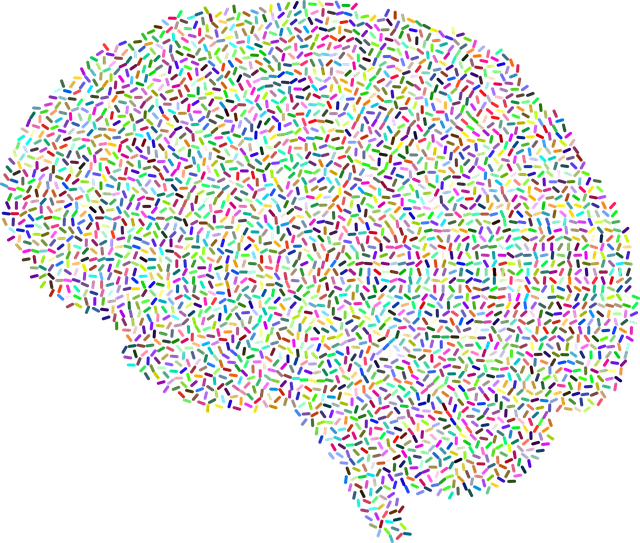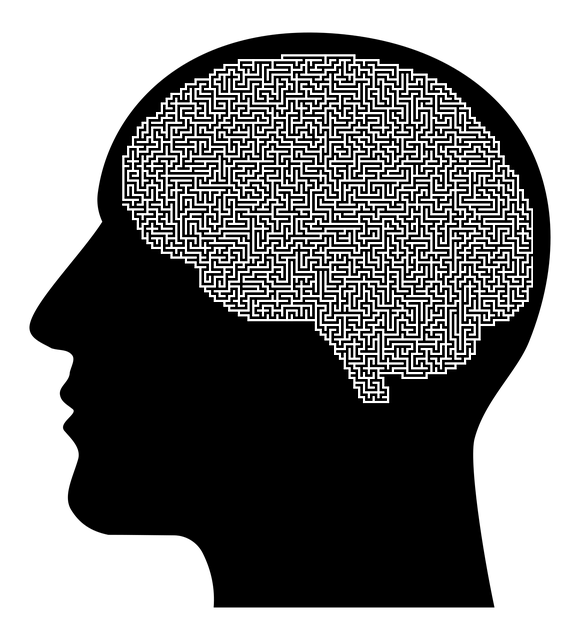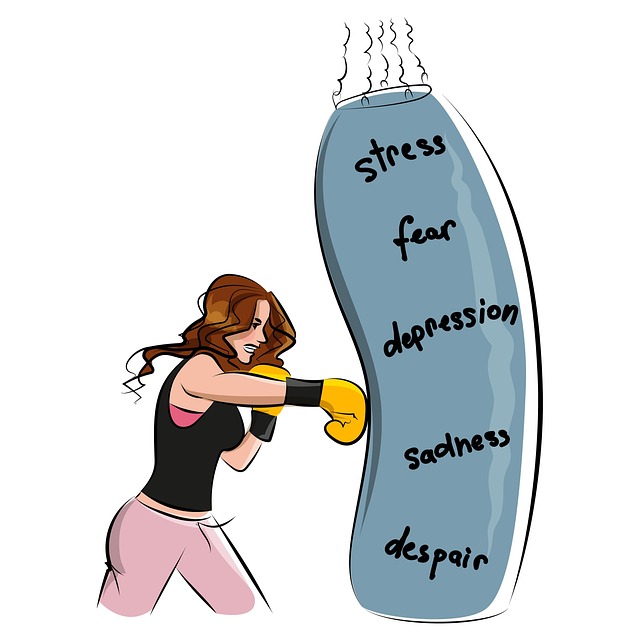Implementing Golden Adolescent and Teen Therapy requires understanding diverse community needs, identifying specific target groups with unique issues, and designing tailored outreach strategies. Key tactics include creating safe spaces, leveraging educational campaigns, peer support, social media, school partnerships, and engaging teens in program design. Collaboration with local stakeholders ensures interventions addressing depression prevention, self-esteem improvement, and mindfulness meditation skills. Evaluating program success using evidence-based tools and feedback from participants benefits community mental health.
Community outreach programs play a pivotal role in addressing mental health issues among adolescents. This article delves into the effective implementation of Golden Adolescent and Teen Therapy initiatives, focusing on understanding community needs and identifying target groups. We explore strategic approaches to engage teens and their families while emphasizing best practices for successful collaboration with community partners. By implementing these guidelines, mental health services can reach more young people in need, fostering healthier communities.
- Understanding Community Needs: Identifying Target Groups for Golden Adolescent and Teen Therapy Programs
- Designing Effective Outreach Strategies: Engaging Teens and Their Families
- Implementing and Evaluating Success: Best Practices for Community Collaboration in Youth Mental Health
Understanding Community Needs: Identifying Target Groups for Golden Adolescent and Teen Therapy Programs

Understanding the unique needs of different communities is a crucial step in implementing effective Golden Adolescent and Teen Therapy programs. By identifying specific target groups, therapists can tailor their approach to address prevalent issues among youth. For instance, urban areas might focus on addressing burnout prevention among high-school students due to academic pressures and social media influences, while rural communities could prioritize depression prevention as access to mental health resources may be limited.
Community outreach programs should consider the cultural context, socioeconomic factors, and existing mental health policies within each target group. A thorough Mental Health Policy Analysis and Advocacy can reveal gaps in support systems, helping organizations advocate for better resources and services. This tailored approach ensures that Golden Adolescent and Teen Therapy initiatives resonate with young people, fostering a safe space for them to navigate their emotional well-being.
Designing Effective Outreach Strategies: Engaging Teens and Their Families

Designing effective outreach strategies for engaging teens and their families is a key component of successful community programs. Understanding the unique needs and challenges faced by adolescents is essential. The “golden age” for therapy and intervention often lies between 13 and 18 years old, as this period is crucial for shaping mental health and well-being. Teens and their families may be hesitant to seek help due to stigma or a lack of awareness about available resources. Therefore, outreach programs should focus on creating safe spaces and building trust through educational campaigns, peer support, and community events.
Utilizing strategies such as social media, school partnerships, and local community centers can help reach this demographic effectively. Engaging teens in the design and implementation of these programs can also foster a sense of ownership and encourage participation. Providing Trauma Support Services, Crisis Intervention Guidance, and Anxiety Relief resources tailored to teenage needs is vital. By offering accessible and appealing services, outreach initiatives can make a significant impact, ensuring that both teens and their families receive the necessary support and guidance.
Implementing and Evaluating Success: Best Practices for Community Collaboration in Youth Mental Health

Implementing community outreach programs for youth mental health is a powerful strategy that fosters resilience and well-being among adolescents and teens. When designing these initiatives, it’s crucial to involve local stakeholders, including schools, community centers, and mental health professionals. This collaborative approach ensures tailored interventions that address pressing issues like depression prevention, self-esteem improvement, and the cultivation of mindfulness meditation skills. By harnessing collective resources and expertise, organizations can create impactful programs that resonate with the unique needs of their youth population.
Evaluating success is an integral part of ensuring these programs deliver tangible benefits. Utilizing evidence-based assessment tools and collecting feedback from participants, parents, and caregivers provides valuable insights into program effectiveness. For instance, tracking improvements in mental health outcomes, engagement rates, and knowledge retention related to mindfulness meditation techniques can highlight the impact of Golden Adolescent and Teen Therapy initiatives. Regularly reviewing and adapting programs based on these evaluations ensures ongoing optimization, fostering a positive cycle of growth and improved community well-being.
Community outreach programs play a pivotal role in promoting mental health among adolescents and teens. By understanding specific community needs and employing strategic engagement tactics, as highlighted in this article’s sections on identifying target groups and designing effective outreach strategies, organizations can successfully implement Golden Adolescent and Teen Therapy initiatives. Evaluating these programs through robust collaboration and best practices ensures their longevity and positive impact on youth mental health, fostering healthier communities overall.













